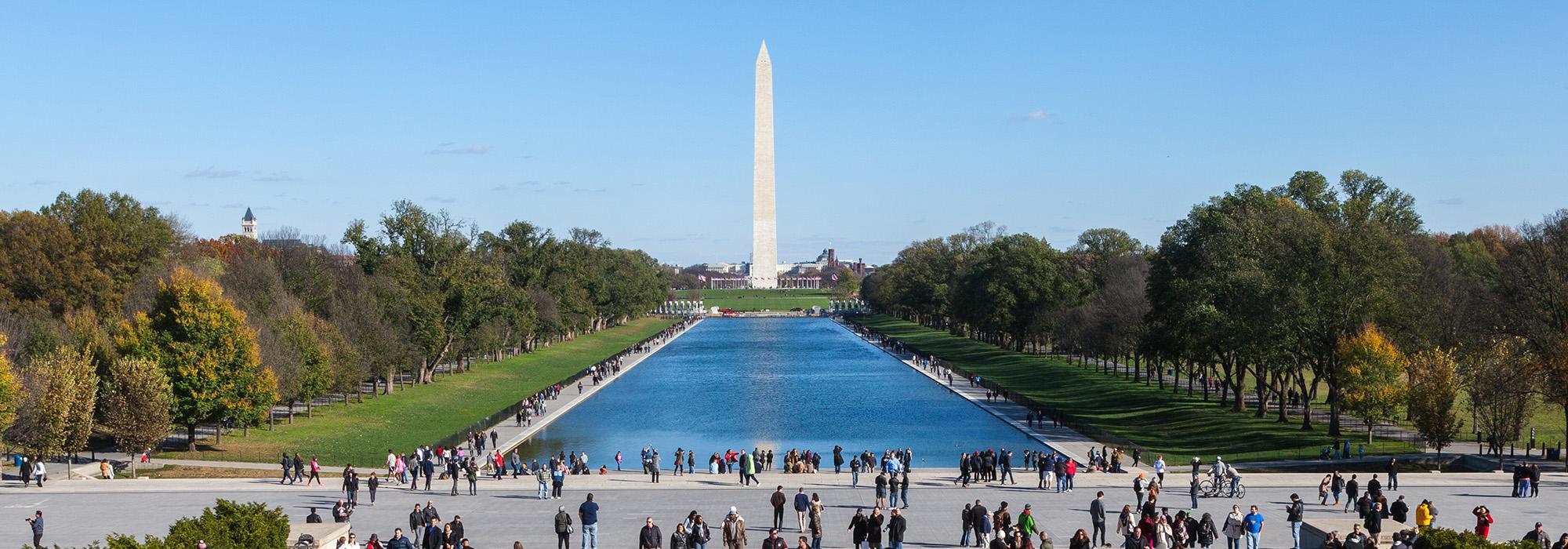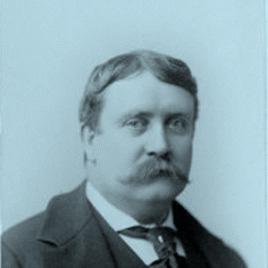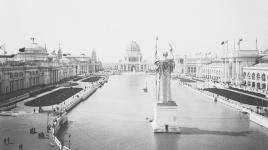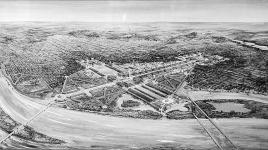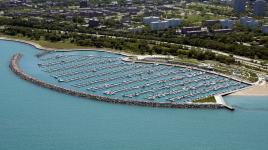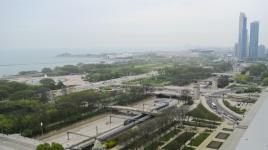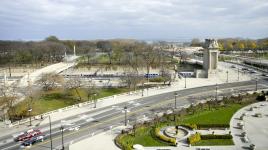Pioneer Information
Born in Henderson, New York, Burnham moved with his family to Chicago in 1855 and graduated from Central High School. In 1863 he entered the (Swedenborgian) New-Church Theological School in Waltham, Massachusetts. After failing entrance exams to Harvard and Yale, he became a draftsman for William Le Baron Jenney, but soon left for Nevada, where he dabbled in mining and politics. He returned to Chicago in 1870, joined the office of Carter, Drake & Wight in 1872, and started an architectural practice with John Root in 1873, which would grow to national prominence (Burnham & Root; renamed D.H. Burnham & Company in 1891). The firm’s Montauk Building (1882) in Chicago was among the first to be called a “skyscraper.” Among other iconic buildings by Burnham are the Flatiron Building in New York City and Union Station in Washington, D.C.
As the director of works for the World’s Columbian Exposition of 1893, Burnham collaborated with Frederick Law Olmsted, Sr., and others to create the “White City,” a Beaux-Arts showpiece of symmetry and monumentality that would inspire the City Beautiful movement in America. Burnham served on the McMillan Commission (1902), which applied City Beautiful principles to aggrandize the central core of Washington, D.C. A prolific city planner, he developed plans for Cleveland (1903); San Francisco (1905); and even Manila in the Philippines (1906). His Plan of Chicago (1909; also known as the Burnham Plan, only partially realized), written with Edward Bennett, represents a landmark vision of widened streets, parks, grand public architecture and civic art. Burnham was president of the American Institute of Architects in 1894-1895. He died of food poisoning in Heidelberg, Germany, at the age of 65 and was buried in Chicago’s Graceland Cemetery.



